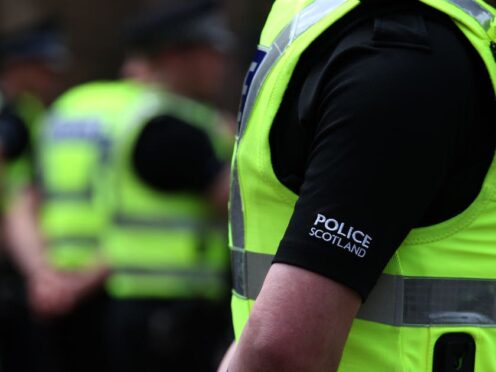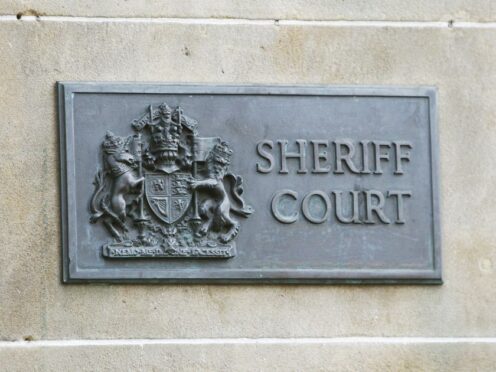Almost 450 people have been told their partners are potential abusers in the first year of a new protection scheme.
Clare’s Law, named after a woman murdered by her ex-boyfriend in 2009, allows people to find out if someone they are in a relationship with has a history of violence or abuse
Police Scotland said it had dealt with more than 1,000 cases under the Disclosure Scheme for Domestic Abuse in Scotland (DSDAS).
Some 590 were requests made directly by partners – or concerned relatives, neighbours and friends – under the “right to ask” element.
The other 454 were “power to tell” incidents, where the police acted on indirect information or intelligence that someone was at risk of abuse.
A total of 371 people were told their partner had an abusive past and another 72 were warned to be alert that their partner might be abusive.
Chief Constable Phil Gormley issued a stark warning to abusers: “Police Scotland will not tolerate domestic abuse – we will tackle it and we aim to prevent it destroying the lives of its victims, as well as those of children, who all too often witness such abuse.
“A disclosure can break the cycle of violence and abuse, protecting many people.
“Working with our partners, we continue to support people through the disclosure process and to prevent people becoming victims.”
The force receives a call about domestic abuse every nine minutes on average with around a fifth of police time devoted to dealing with it.
Dr Marsha Scott, chief executive of Scottish Women’s Aid, said: “It is good to see this evidence that the disclosure scheme is being used by police and by women.
“We look forward to seeing the evaluation of the longer-term impacts of disclosure on women’s lives, space for action, and safety.
“We especially value our partnership with Police Scotland and other groups as we all seek to end women’s inequality in Scotland and eradicate domestic abuse.”
Clare’s Law is named after Clare Wood, a young mum who was murdered and set on fire by her abusive boyfriend, George Appleton, in 2009.
The 36-year-old did not know that Appleton had a history of violence towards women and was known to prowl online dating sites.
Miss Wood’s father, Michael Brown, who is originally from Aberdeen, campaigned tirelessly to allow people to check with police whether their partner had a record of abusive behaviour.









